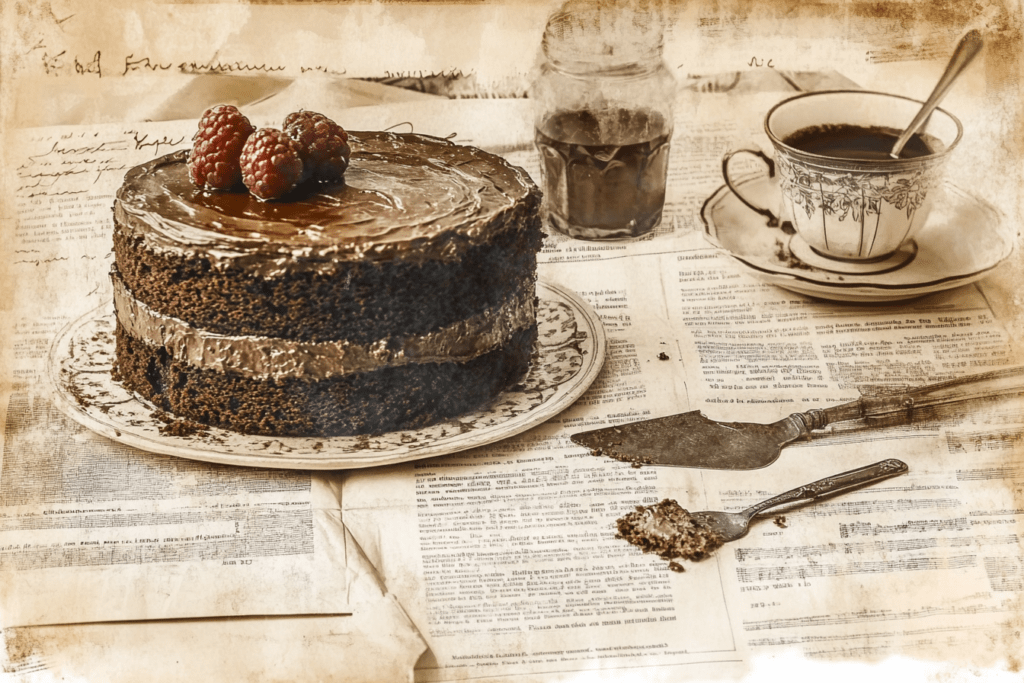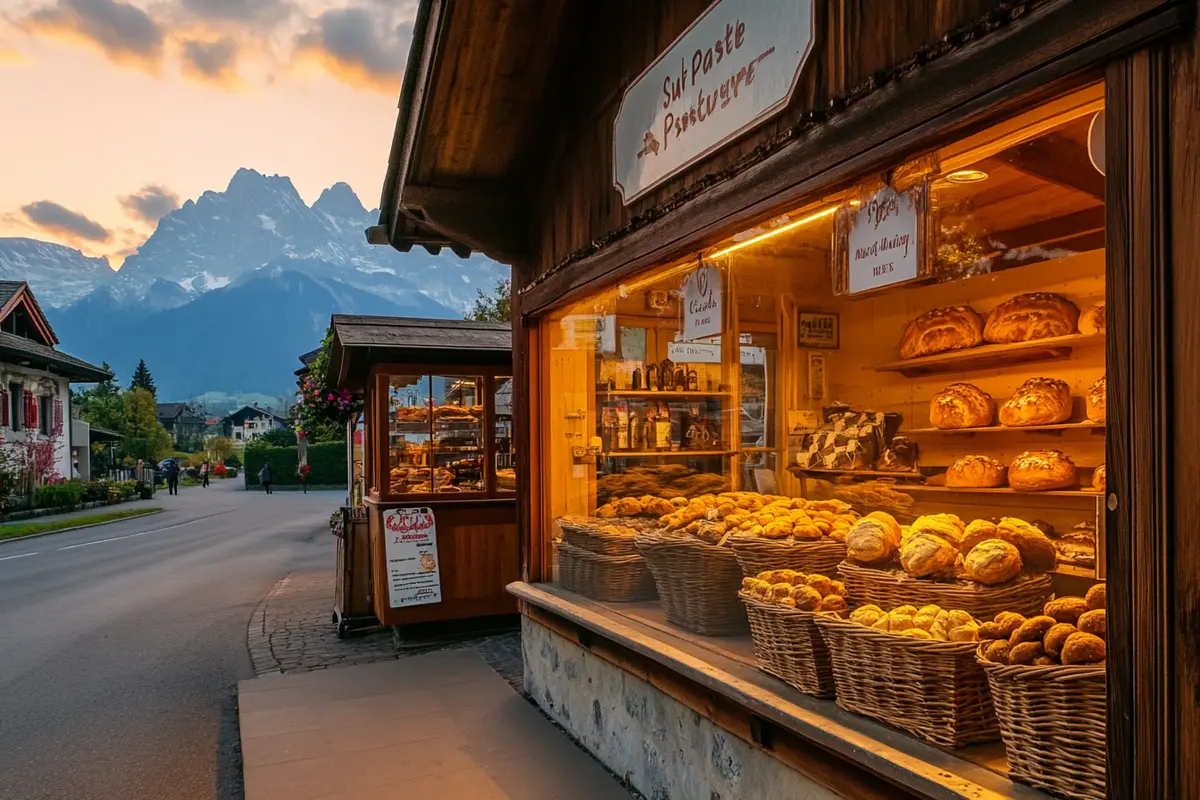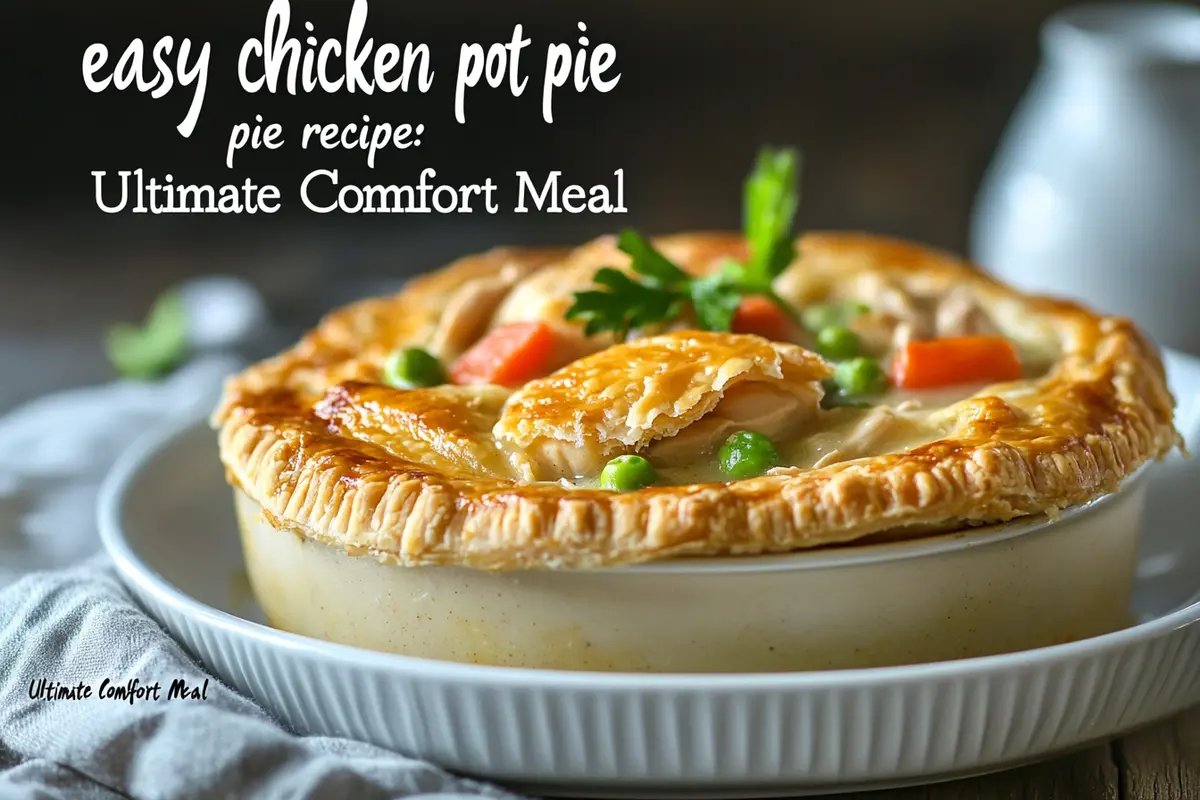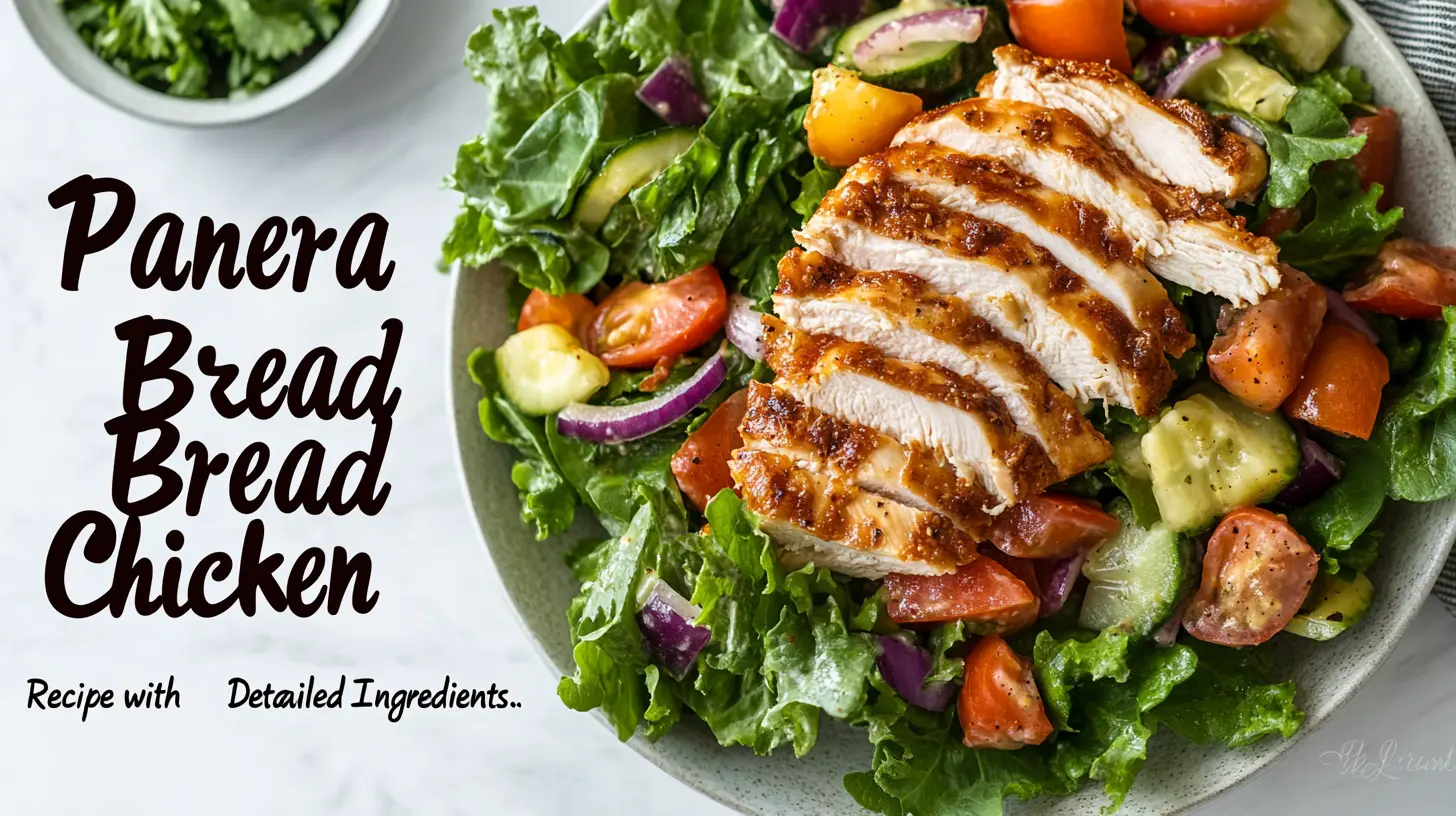Are you ready to travel back in time and experience the sweet nostalgia of the roaring twenties? The 1920’s was an era filled with jazz music, elegant fashion, and exciting culinary creations. One such masterpiece that continues to captivate taste buds and imaginations is the 1920’s Recipe for Chocolate Cake. In this article, we’re going to explore the historical context, the essential ingredients, the baking tools, and all the insider tips you need to recreate this marvelous dessert right in your own kitchen. From old-school mixing techniques to fascinating frosting ideas, we’ll dive into everything that made this cake the beloved treat it was back then—and still is today.
To make this content as delightful as possible, I’m going to take a conversational approach, as if we’re chatting in a cozy kitchen while whipping up this decadent cake. You’ll find plenty of insights and fun facts scattered throughout the article, Old fashioned Crazy cake and by the end, you’ll be well-prepared to bake your own 1920’s Recipe for Chocolate Cake. Let’s embark on this exciting journey and see why chocolate cake from this golden decade continues to shine!
1. The Golden Age of Baking:
When we say the 1920s was the “Golden Age of Baking,” we’re not exaggerating. This was a time of major growth in home baking, largely thanks to new inventions and the increased availability of baking staples. Flour mills were modernizing, sugar refineries were expanding, and more household kitchens had reliable ovens. It might sound strange to us today, but during the 1920s, many families had just begun transitioning from wood-burning stoves to gas or electric models. Consequently, this shift allowed home cooks to bake cakes more consistently and more frequently.
Still, it wasn’t just about technology. Society in the 1920s was buzzing with change. Women’s magazines published recipes, manufacturers distributed free pamphlets, and cooking competitions spurred bakers to craft ever-more impressive cakes. Therefore, an environment emerged where everyone was keen to experiment with flavors and share new recipes, resulting in something as deliciously simple yet irresistibly rich as the 1920’s Recipe for Chocolate Cake. In fact, this was a decade marked by bold creativity in the kitchen, from vibrant confections to unique twists on classic desserts. Undoubtedly, chocolate took center stage, offering a sense of indulgence that epitomized the glitz and glamor of the roaring twenties.
2. Key Ingredients in a 1920’s Kitchen
When we look at the 1920’s Recipe for Chocolate Cake, it’s important to note that ingredients back then differed slightly from what we use today. While the basic elements—flour, sugar, butter, eggs, cocoa, and baking agents—remain the same, the quality and availability varied. People generally sourced their ingredients locally, often from farms. Hence, freshness was the norm, and home cooks had to rely on basic pantry staples without the convenience of specialized flours or exotic flavorings. Let’s take a closer look at the key components:
- Flour
Comparatively coarser than today’s refined flour, 1920s flour could have small variations in texture. Sifting was crucial to ensure the cake rose evenly and remained light. - Sugar
Many people used white granulated sugar, but brown sugar was also popular for its molasses undertones. Because the cost of white sugar gradually decreased throughout the decade, more families started using it in daily baking. - Butter
Butter was, and remains, a baker’s best friend. However, some families substituted margarine or lard to keep costs down. Despite that, nothing beats the richness that real butter brings to chocolate cake. - Eggs
Fresh eggs often came straight from the family’s backyard chickens. These eggs tended to impart a richer color and flavor, but even store-bought eggs will still do the trick. - Cocoa Powder
The transformation in cocoa processing technology made cocoa powder more affordable and more widely used. Therefore, chocolate cakes became more accessible to the general public. - Baking Soda or Baking Powder
This critical leavening agent helped cakes rise beautifully. In the 1920s, both baking soda and baking powder were used extensively, depending on the recipe. - Milk
Recipes generally called for regular whole milk or even buttermilk. Subsequently, the result was a moist cake with a flavor that still resonates with dessert lovers today.
By focusing on these seven ingredients, you’ll be able to replicate an authentic 1920’s Recipe for Chocolate Cake without over-complicating the process. Simple, fresh ingredients truly were the backbone of 1920s home baking, making it attainable for families across the country.
3. Tools and Techniques of the 1920’s
Before we jump straight into the step-by-step instructions, it’s fun to imagine the typical 1920s kitchen scene. Electric mixers were not as common as they are today. Thus, most of the mixing was done by hand, using wooden spoons, metal bowls, and good old-fashioned elbow grease. This labor-intensive method might sound challenging, but it can also be oddly soothing—almost meditative—because you get to connect more intimately with your ingredients.
Another subtlety of the time was oven control. Early gas ovens had a thermometer but were often temperamental. Home bakers learned to monitor their cakes carefully, checking for doneness with a toothpick or by observing the cake’s color and texture. Hence, if you’re aiming for the full retro experience, you might watch your cake closely instead of relying solely on the oven timer.
Moreover, sifting the flour was non-negotiable. That was because flour could sometimes clump or contain small husks. Sifting ensured a uniform distribution of dry ingredients, a factor essential for achieving a light and fluffy cake. Consequently, this added one more step to the process, but it guaranteed top-notch results. Today, with high-quality packaged flour, you might skip sifting, but if you want authenticity, go ahead and sift away!
4. How the 1920’s Recipe for Chocolate Cake Was Born
Where did the 1920’s Recipe for Chocolate Cake originally come from, and why did it gain such widespread appeal? It’s hard to pinpoint a single origin story, but we do know that chocolate cake recipes began appearing in print as early as the late 19th century. Yet, it was in the 1920s when chocolate really exploded in popularity, partly due to improvements in cocoa processing and partly because of the roaring, optimistic spirit of the time.
Back then, chiefly domestic science schools, women’s magazines, and community cookbooks played a huge role in standardizing recipes. Home cooks would submit their personal recipes, which were tested, tweaked, and compiled for broader audiences. Consequently, once a good chocolate cake recipe made the rounds, it spread like wildfire as people loved sharing their baking successes.
The best part? Each region, or even each family, might have had its own spin on the classic. Some included coffee to enhance the chocolate flavor; others added chopped nuts for extra texture. This adaptation process made the 1920s chocolate cake truly a dynamic dessert. Over the years, these varied recipes merged, forming the basis for what we recognize as our modern 1920’s Recipe for Chocolate Cake.
5. Step-by-Step: Authentic 1920’s Chocolate Cake
Now, let’s get to the heart of the matter: Exactly how can you bake an authentic 1920’s Recipe for Chocolate Cake in your modern kitchen? Below is a practical guide, featuring typical ingredient ratios, approximate baking times, and helpful suggestions. Remember, this is a relaxed, conversation-style approach—no need to stress over minor details. Enjoy the process, and have fun transporting yourself to another era!
Ingredients
- 2 ½ cups all-purpose flour (sifted)
- 2 cups granulated sugar
- ¾ cup unsweetened cocoa powder (preferably high-quality)
- 1 ½ teaspoons baking soda
- 1 teaspoon baking powder
- 1 teaspoon salt
- ½ cup softened butter (or margarine if you want that old-school vibe)
- 2 large eggs (room temperature)
- 1 ½ cups whole milk (or buttermilk for a tangy twist)
- 2 teaspoons vanilla extract
- Optional: ½ cup strong coffee, cooled (to intensify the chocolate flavor)
Instructions
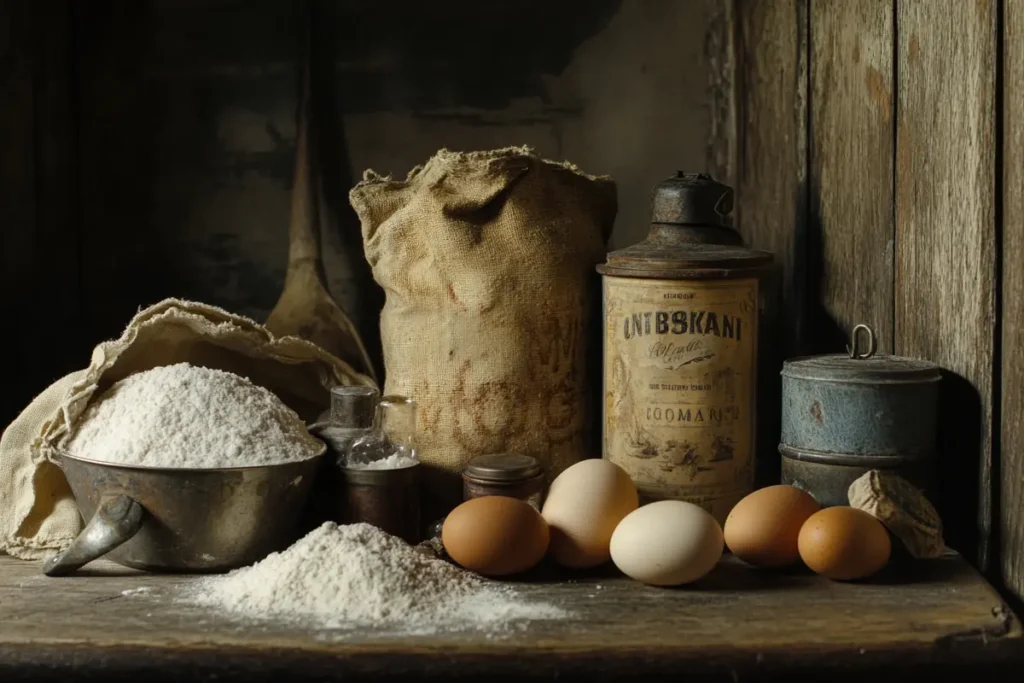
- Preheat and Prep
Set your oven to 350°F (175°C). Grease and flour two 9-inch round cake pans or one large rectangular pan. If possible, line the base with parchment paper for an easy release. - Sift the Dry Ingredients
Combine the flour, cocoa powder, baking soda, baking powder, and salt in a bowl. Sift thoroughly to break up any lumps. Undoubtedly, this step will ensure a smooth, airy cake texture. - Cream Butter and Sugar
In a separate large mixing bowl, cream together the softened butter and sugar. If you’d like to replicate the 1920s method, do this by hand with a wooden spoon. Generally, aim for a pale, fluffy mixture before you move on. - Add Eggs and Vanilla
Beat in the eggs one at a time, ensuring each is fully incorporated. Additionally, stir in the vanilla extract. If you’re using coffee, blend it in now, too. - Alternate Wet and Dry Mixtures
Gradually add portions of the dry ingredients to the butter-sugar mixture, alternating with milk. Stir gently but thoroughly. Chiefly, avoid overmixing—stop the moment the batter is uniform. - Pour into Pans and Bake
Divide the batter into your prepared pans. Pop them into your preheated oven and bake for about 25-30 minutes, or until a toothpick inserted in the center emerges clean. Hence, watch carefully for that perfect doneness. - Cool and Frost
Allow the cake layers to cool in the pans for about 10 minutes, then invert them onto wire racks to cool completely. Once cooled, you can add your favorite frosting or icing.
By following these seven easy steps, you’ll produce a moist, rich 1920’s Recipe for Chocolate Cake that captures the spirit of a bygone era. Don’t forget to appreciate the tactile joys of sifting, stirring, and smelling the cake as it bakes—part of the fun lies in the journey as much as the end result.
6. Unique Frosting Ideas from the 1920’s
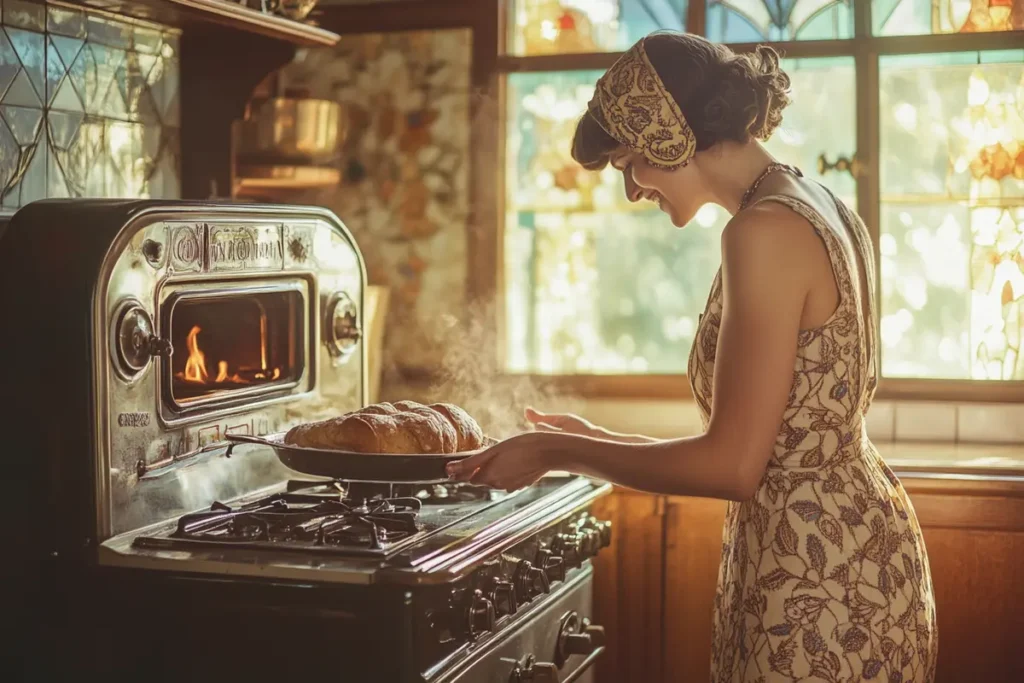
A great cake deserves a glorious frosting, and the 1920s were rife with sweet innovations. Because cocoa was still relatively new to many households, chocolate icing was a favorite. But beyond straightforward chocolate buttercream, we also had fudge frostings, boiled icings, and even whipped cream frostings that could be stabilized with gelatin. If you’re hunting for authenticity, here are some frosting ideas to top your 1920’s Recipe for Chocolate Cake:
- Classic Chocolate Buttercream
Butter, powdered sugar, cocoa powder, and a splash of milk. Whip until creamy. Keep it thick if you like a rich finish or make it lighter with more milk. - Fudge Frosting
In a small saucepan, melt butter, cocoa powder, and a bit of milk. Add powdered sugar gradually until you achieve a thick, fudgy texture. Subsequently, pour it over your cooled cake, allowing it to set like a soft fudge shell. - Boiled Milk Frosting
Simmer flour, milk, sugar, and butter to form a thick paste. Cool, then whip. Particularly reminiscent of the 1920s, this sweet icing has a delicate texture. - Whipped Cream Frosting
For something airy, whip heavy cream with sugar and a dab of vanilla. If you’re worried about melting or deflating, dissolve a teaspoon of gelatin in warm water and add it to stabilize the mixture. Especially great in warmer climates.
Whichever frosting you choose, bear in mind that simpler is often better. The actual cake flavors should shine. Additionally, vintage cakes typically weren’t over-decorated. A few chocolate curls or a sprinkle of grated chocolate is enough to convey elegance. That said, feel free to get creative if you want to add your own modern twist. Ultimately, half the fun is in making this classic recipe uniquely yours!
7. Serving Suggestions and Themed Parties
If you’re going all-out with a 1920’s Recipe for Chocolate Cake, why not add a dose of vintage flair to the occasion? Hosting a 1920s-themed party is easier than you might think, and your freshly baked cake can take center stage. Picture a table dressed in a white linen tablecloth, vintage teacups, and maybe a jazz record playing softly in the background. Meanwhile, you can complement your dessert with:
- Finger Sandwiches
Keep them simple with fillings like cucumber and cream cheese or egg salad. Thus, guests can enjoy savory bites before the main event: chocolate cake. - Fruit Cocktails
The 1920s was also the era of Prohibition, so non-alcoholic fruit punches were quite popular. Add fresh fruit slices, seltzer water, and plenty of ice for a refreshing beverage. - Light Canapés
Deviled eggs, crackers with cheese spreads, or small pastry puffs. Hence, the party offers an assortment of flavors without overshadowing the cake.
For decor, think Art Deco prints, gold accents, and maybe some black and white photography of flappers or silent film stars. Undoubtedly, these elements create an immersive experience that your friends and family will remember fondly, long after the last slice of cake has disappeared.
8. Tips for Ensuring Perfect Results
Even though the recipe is straightforward, small details can make a big difference. If you want to truly impress with your 1920’s Recipe for Chocolate Cake, keep these tips in mind:
- Room-Temperature Ingredients
Eggs and butter blend more smoothly with flour and sugar if they’re not cold. Set them out for 30 minutes before baking. Consequently, your batter will be easier to manage. - Don’t Overmix
Overzealous stirring can lead to a tough cake by activating too much gluten. Therefore, stir gently and stop as soon as everything’s well combined. - Check Doneness Early
Every oven runs a bit differently. Start testing around the 20-minute mark. Eventually, you’ll discover the sweet spot for your specific setup. - Cool Completely Before Frosting
Warm cake will melt the icing, resulting in a gooey mess. Hence, patience is a virtue—wait until it’s no longer warm to the touch. - Level the Layers
If you’re making a layer cake, trim the domed tops of each layer so that your frosting stays even. Furthermore, those cake scraps make tasty snacks!
By following these pointers, you’ll elevate your baking process and avoid common pitfalls. Truly, there’s no joy like cutting into a luscious, perfectly frosted chocolate cake that you’ve lovingly prepared yourself.
9. Variations and Modern Twists
Don’t feel boxed in by tradition; you can certainly give the 1920’s Recipe for Chocolate Cake a fresh twist! Modern kitchens open the door to countless possibilities. If you want to impress friends or just switch things up, here are a few ideas:
- Mocha Variation
Add a tablespoon of instant coffee granules to your batter or swap some of the milk for cooled coffee. Altogether, you’ll elevate the chocolate flavor and get a subtle caffeine kick. - Spiced Chocolate Cake
Incorporate a teaspoon of cinnamon, a pinch of nutmeg, or even a touch of cayenne pepper. Comparatively, these spices create a warm, tantalizing backdrop to the cake’s chocolatey goodness. - Nutty Additions
Fold in chopped walnuts, almonds, or hazelnuts for added crunch. Eventually, you can top with toasted nuts and drizzle with melted chocolate. - Fruit Fusion
Boost the sweetness by adding mashed bananas, puréed strawberries, or even shredded zucchini. Conversely, this variation can transform the cake’s texture and flavor profile while sneaking in some nutrients. - Vegan Adaptation
Use dairy-free butter and a plant-based milk alternative, like almond or oat milk. Subsequently, experiment with flaxseed or applesauce as an egg replacer. You’ll still get a moist, satisfying cake.
What’s great about these options is that they respect the core of the 1920’s Recipe for Chocolate Cake—simple ingredients, straightforward technique—while letting you explore your personal tastes. Therefore, never be afraid to experiment in the kitchen. You could discover your family’s new favorite dessert!
10. Frequently Asked Questions
Q1: Can I make this cake without an electric mixer?
Absolutely! Hand mixing was standard in the 1920s. It might take longer, but it’s a fantastic way to ensure you don’t overmix. Hence, you can maintain the classic approach and enjoy the cake’s authenticity.
Q2: Why is sifting the flour important?
During the 1920s, flour was less refined than it is today, so sifting helped remove lumps and ensure even distribution of leavening agents. Consequently, your cake gains a lighter, fluffier texture.
Q3: Do I need to adjust baking times if I live at a high altitude?
Yes, you should typically reduce the baking soda or baking powder slightly and perhaps lower your oven temperature by 25 degrees. Eventually, you might have to experiment a bit to find the perfect balance.
Q4: How can I ensure my cake doesn’t dry out?
Don’t overbake it. Usually, checking around 20-25 minutes helps you avoid a dry crumb. Also, store it in an airtight container to lock in moisture.
Q5: What’s the best way to store leftover cake?
Wrap individual slices in plastic wrap or foil, then place them in an airtight container. Hence, they’ll stay fresh and ready for snacking. For extended storage, freeze the slices for up to three months.
Q6: Is there a simpler icing recipe for beginners?
A basic chocolate buttercream or a simple glaze works wonders. Melt some butter with cocoa, then stir in powdered sugar and a bit of milk until it reaches a spreadable consistency. Thus, frosting your cake becomes a breeze.
Q7: Do I have to use butter, or can I use margarine?
In the 1920s, some families used margarine or lard to save money. Butter provides a richer flavor, but margarine is an authentic nod to frugality. Therefore, it’s entirely up to you which option you choose.
Q8: Can I make cupcakes instead of a layer cake?
Yes, you can. Reduce the baking time to about 18-20 minutes and keep an eye on them. Additionally, line a muffin tin with paper liners for convenience.
Q9: Do I need to add coffee to enhance the chocolate flavor?
Not at all, but many bakers find coffee deepens the chocolate notes. Comparatively, it’s an optional step if you prefer not to mix the two flavors.
Q10: How many times can I mention the phrase “1920’s Recipe for Chocolate Cake” in my notes?
Feel free to mention it as often as you like—particularly if you’re writing about it! But in an actual article, ensure it flows naturally.
11. Celebrating the Legacy
The 1920’s Recipe for Chocolate Cake isn’t just about dessert; it’s a small piece of history that helps us connect with the tastes, lifestyles, and resources of a fascinating era. Think of it as a window into the past, where a family might gather around a kitchen table to share slices of chocolatey goodness after supper. Indubitably, the sense of camaraderie and tradition adds a layer of warmth to each bite.
What sets this cake apart is its simplicity. Meanwhile, modern cakes sometimes include elaborate fillings, trendy toppings, or specialized ingredients that can overshadow the fundamental flavors of cocoa, butter, and sugar. The 1920s approach strips it down to basics. Chiefly, that’s what makes it so endearing and timeless—straightforward ingredients combined with heartfelt effort.
12. Conclusion
We’ve journeyed through the golden days of home baking, explored the fundamental ingredients, learned old-school mixing techniques, and discovered why the 1920’s Recipe for Chocolate Cake continues to capture our hearts. Whether you’re looking to indulge in a slice of history, impress guests at a themed party, or simply enjoy a nostalgic treat, this cake won’t disappoint. With each forkful, you savor more than just a dessert. You embrace the spirit of an era brimming with optimism, innovation, and sweet moments shared among family and friends.
So why wait? Preheat your oven, gather those classic ingredients, and dive into creating an authentic 1920’s Recipe for Chocolate Cake. Let the batter transport you to an era of roaring jazz, flappers, and timeless baking traditions. Remember to bold the memories you create along the way and to share your culinary adventure with loved ones. Because, at the end of the day, baking is all about making moments that last—and what better way to do it than with a slice of rich, moist chocolate cake that first won hearts nearly a century ago?
For more recipes : Dinner Archives – freshfixrecipes.com

